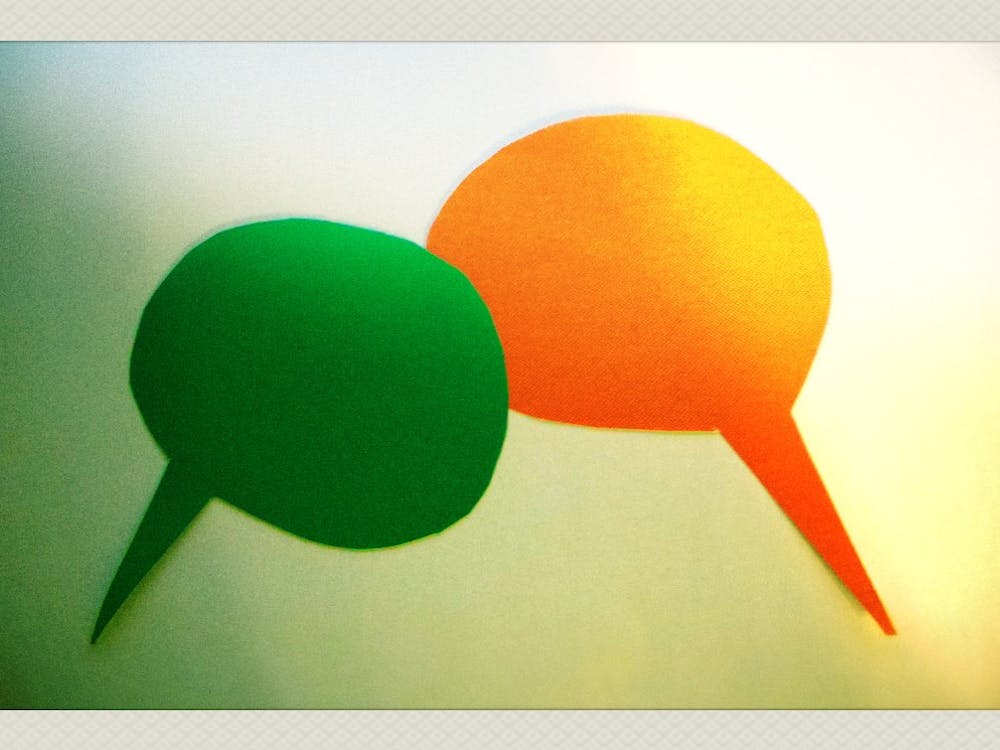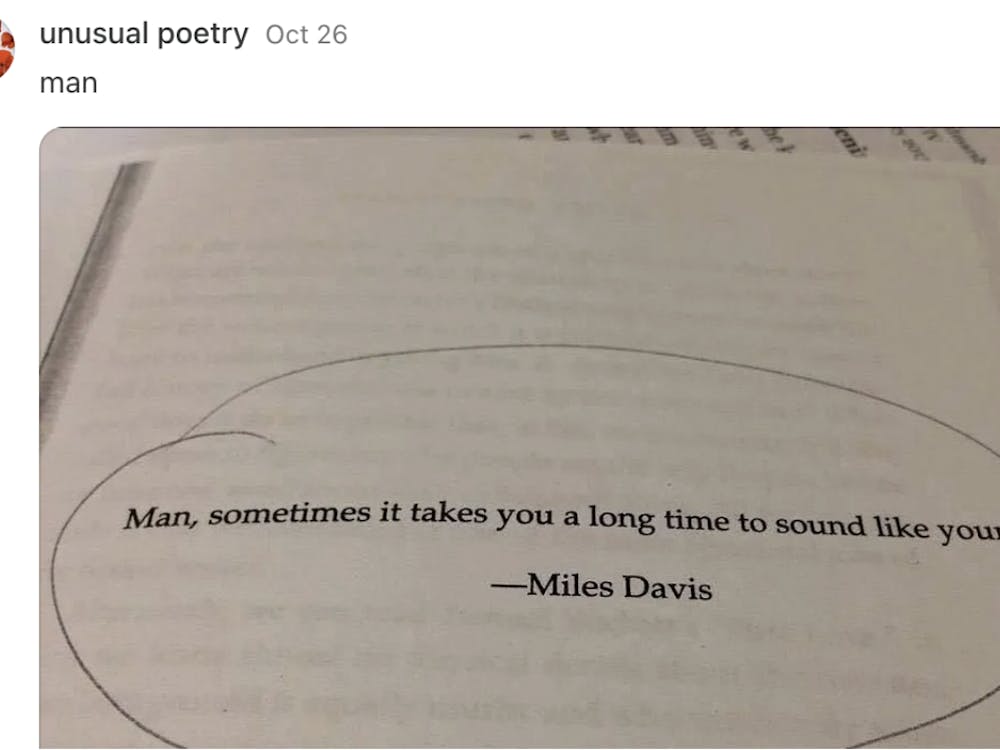I was in second grade on September 11, 2001. It was only a couple of days into the new school year as we began to practice reading skills and math tables, finding relief within a classroom amidst the humid Washington, D.C. weather. I don’t remember much about the beginning of the day, only that I was getting more and more anxious as the day progressed. My 25 classmates were getting picked up one by one. Three left at recess, two during P.E. This cyclical shrinking even seemed strange to the fleeting attention span of a seven-year-old.
“Where are you going?”
“I don’t know. See ya tomorrow!”
By the 3:15 dismissal time, what seemed like half of my class was gone. Was it my turn to go where everyone else was going?
The car ride home offered more questions than it did answers. Something very bad had happened. People had died. Planes. Two planes. Three Planes. Four? My Mom was upset. New York City. Washington, D.C. too? Yes.
But why? It was on purpose? Why did someone do this? Who did this? “Bad People.”
I sat down at the TV with my parents and we watched the footage repeat itself over and over on every channel. I hadn’t seen anything like it. Didn’t my cousins live in New York? Didn’t they work right there? Were they okay? What about all of my friends’ parents at the Pentagon?
On September 11th, America changed. Prior to 9/11, we were a country somehow exempt from the terrors of the world around us. We were not targeted and attacked on any scale as severe as this. That day we became vulnerable.
In the nearly 11 years that have passed since that fateful day, we’ve become a nation isolated in appearance. We double-check the trivial, decuple-check the questionable. It’s abnormal if pat-downs and bag checks are not implemented, whether at a college function or a baseball game. Airports require hours to pass through long security checkpoints, as passengers wait in anxiety of any suspicious activity, no matter how equally “American” their neighboring travelers may be. We racially profile. We discriminate. We point fingers. We panic. We fear.
This year in particular has played a pivotal role in shaping our opinions of safety amidst our seemingly mundane routines. Movie theaters were never anything but a place of escape from daily worries, providing comfort in visual wonder. Now, triggers exist somewhere in our subconscious fear that leave us looking over our shoulders, imagining that jolting sound effect as something entirely real. Schools have become a battleground issue for the NRA as parents hug their children tight before dropping them off at elementary school, grasping the risk of ever taking something for granted.
On Monday afternoon, the unthinkable happened once again, as what appeared to be a time to celebrate quickly deteriorated into a time to fear the disastrous. At approximately 2:50PM EST, a bomb exploded at the finish line of the 117th Boston Marathon, an annual event that closes out the festivities of Patriot’s Day Weekend in the Massachusetts city. Nearly fifteen seconds later, another explosion occurred about 50 to 100 meters down Boylston Street. In less than a minute, the crowds of supporters, police and marathon runners were scattered in every which way, trying to help the injured and protect the unharmed.
In what should have been a moment of elation, as a large number of runners crossed the finish line of the 26.2 mile marathon, soon became a moment of confusion, as security officers and news outlets alike reverted to a state of precautionary measures, flooded with speculations of terrorism evoked by the gut-wrenching panic that America was under attack once again.
In the subsequent hours, as details emerged regarding the possibility of undetonated bombs and who could be responsible, three civilians were pronounced dead, along with 176 injured. Graphic images of the scene surfaced, depicting the finish line as a bloodbath filled with sorrow and grief. This image of death and crisis, so familiar in other parts of the world, erupted in the media, leading many to question if there is anything that will go without security among our everyday liberties. If this act doesn’t justify our fears, what does? If it can happen anywhere, what constitutes proper safety?
The only thing comparable to our overwhelming safety precautions in its profound expansion over the past 11 years is the realm of social media and how we communicate with one another. From Twitter to Facebook, and everything in between, entertainment, personal communication and current events are at our disposal, with even small children knowing how to operate their parents’ iPads and iPhones. Social media takes part in the demise of pop culture and political icons, as well as the reporting of morning and evening news, giving individuals an interactive front row seat to things previously removed in their essence. So central to our daily routines, it has become a foundation to the definition of “Generation Y,” the first generation to grow up with these massive technological resources.
And while this generation is accused of being addicted to their laptops and mobile devices, no longer in sync with reality, but merely glued to their interactive websites, maybe it’s more justified than it seems. Maybe this realm of social media is the one last sense of security we can still hold onto. Somehow, there’s a rationality in having news apps and Facebook feeds wherever you go. While it undoubtedly invites many to make ignorant comments about subjects surrounding the unexpected and the unknown, feeling inculpable behind this peripheral barrier, it also bears forth a community much more eloquent and connected at its core.
Between the hours of 3 and 4PM on Monday, I didn’t wait in an anxious fit wondering why someone was leaving one place or another. I didn’t have only one news source that provided me with the same image over and over again, allowing my own fears to permeate every which one of my thoughts. With the push of a button, I could contact my friends in Boston to ask them how they were doing. I had the comfort of dissecting the stories with friends and family. I had access to the rapid succession of tweets, blog posts and Facebook statuses that allowed me to understand what was going on around me. The abundance of well-wishes and prayers provided a momentary shield from any inevitable disaster.
While this realm doesn’t provide a physical barrier against what’s to come, it does give hope and comfort to a generation which has grown up not knowing what to expect, displaying the impact a united community can make no matter how far apart they may be.
In the wake of this horrific disaster, it was a social media site that instilled perhaps the most hopeful image of what sheer humanity is capable of. The NBC Sports Network tweeted, “Reports of Marathon Runners that crossed finish line and continued to run to Mass General Hospital to give blood to victims #PrayforBoston.”
No matter where you stand or run, it is in these moments that we must remain united.




